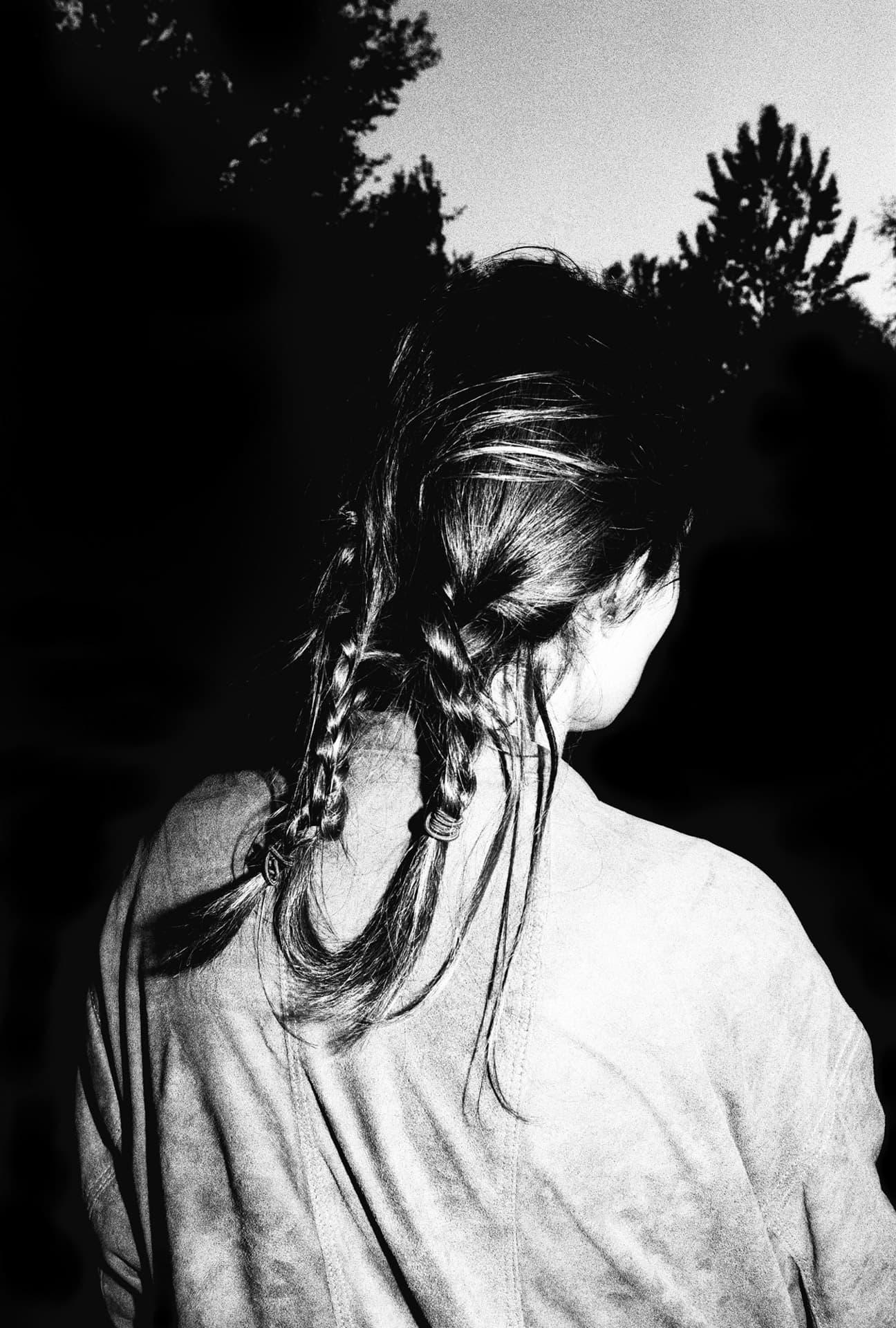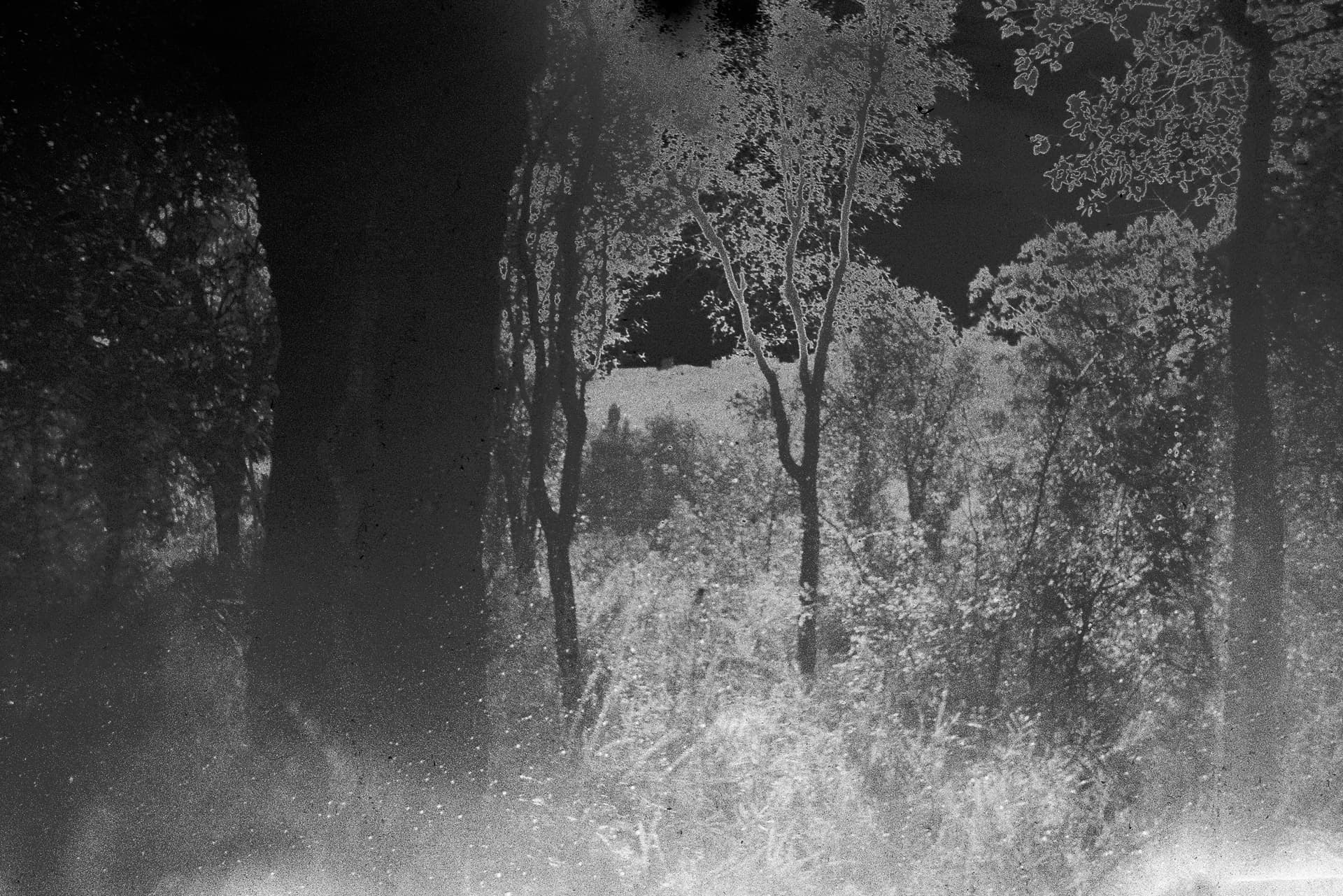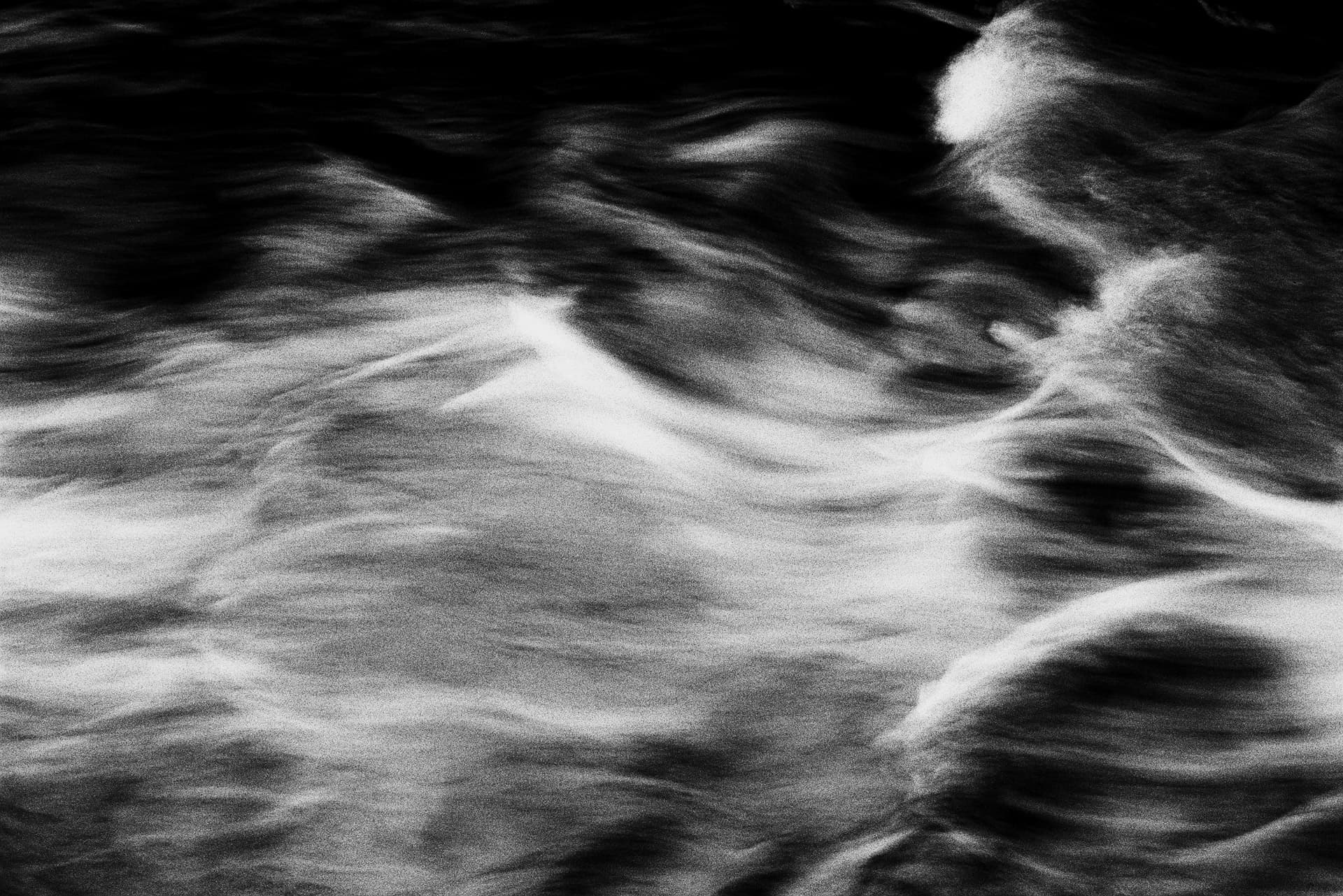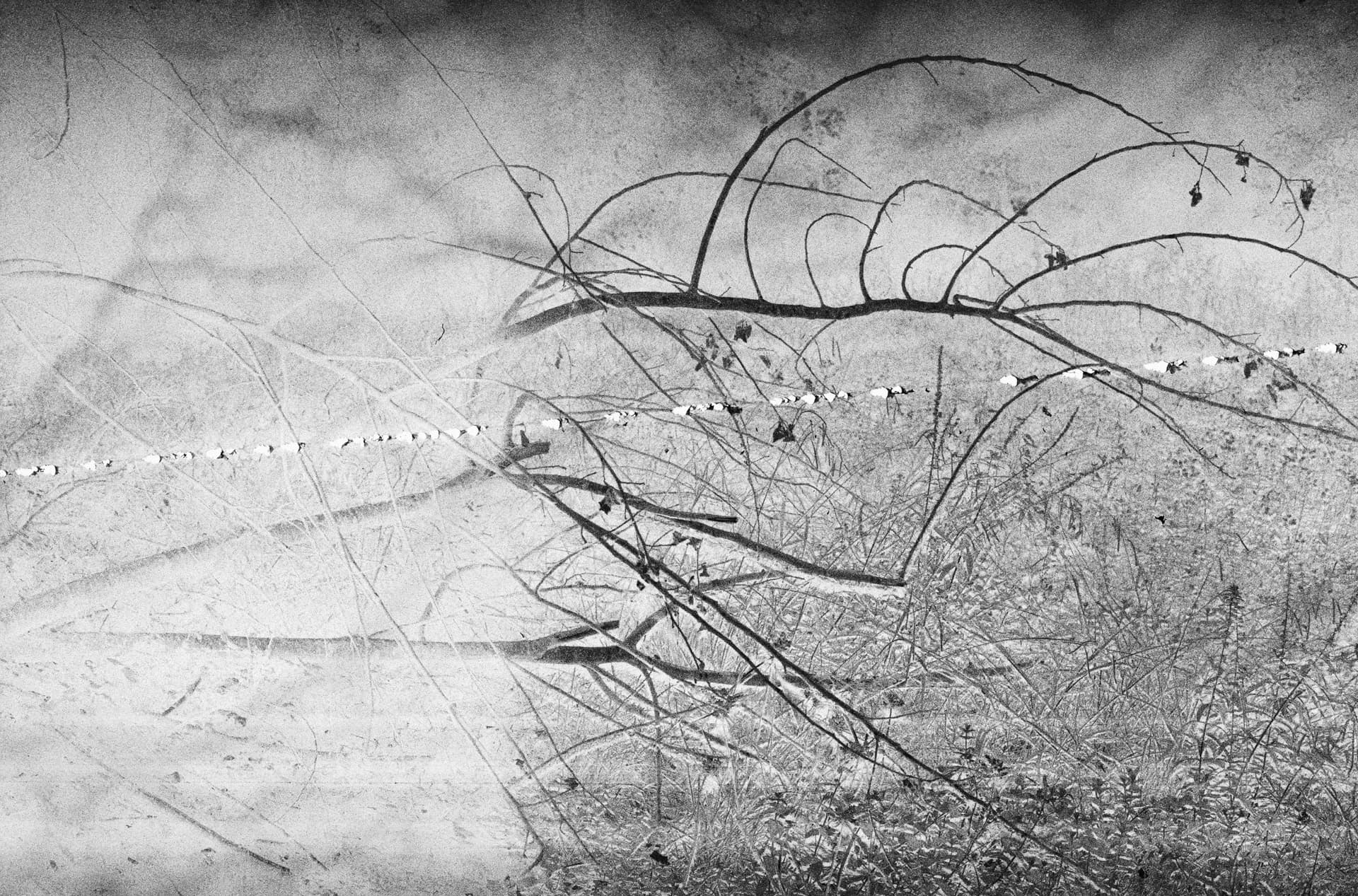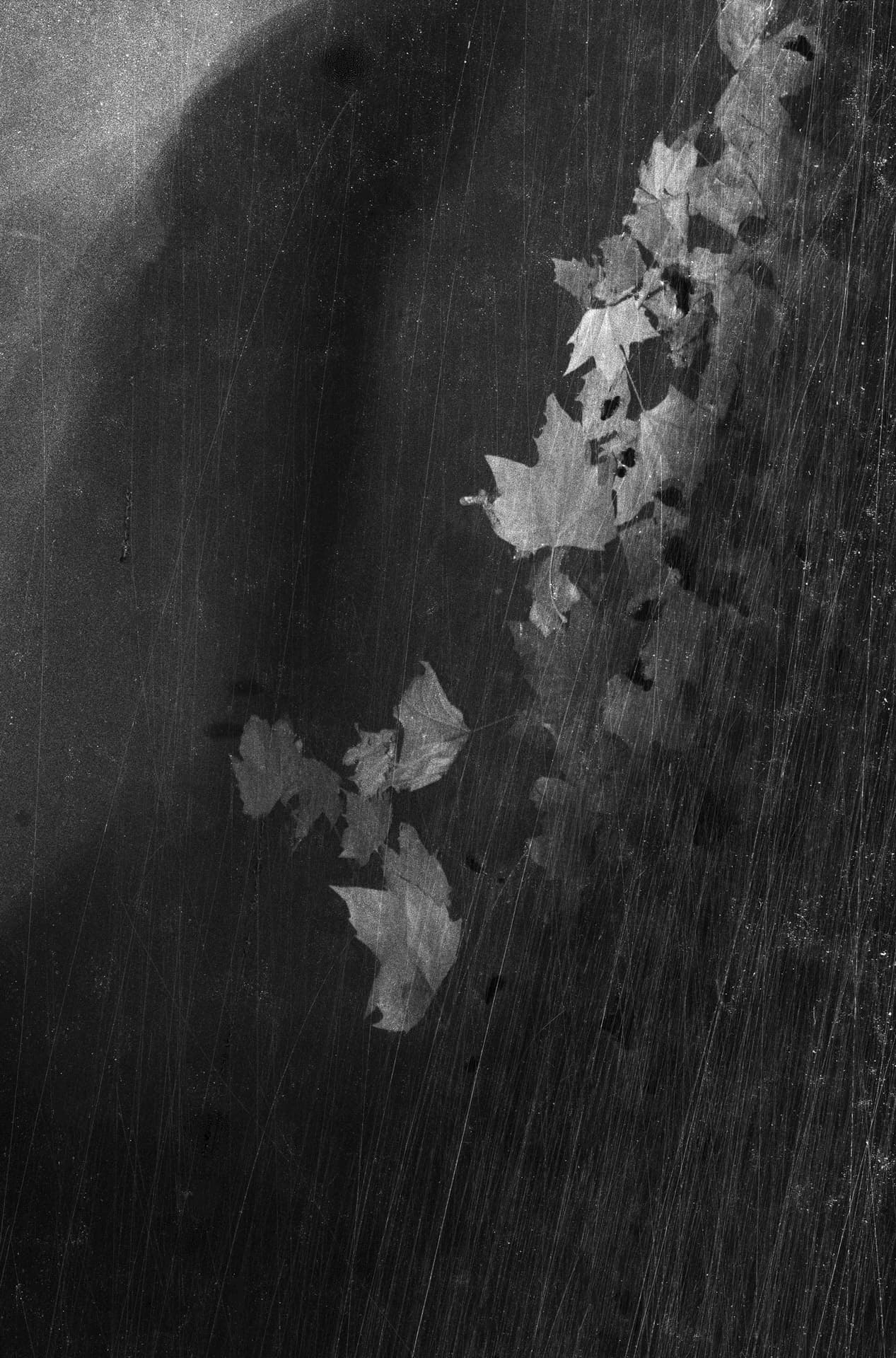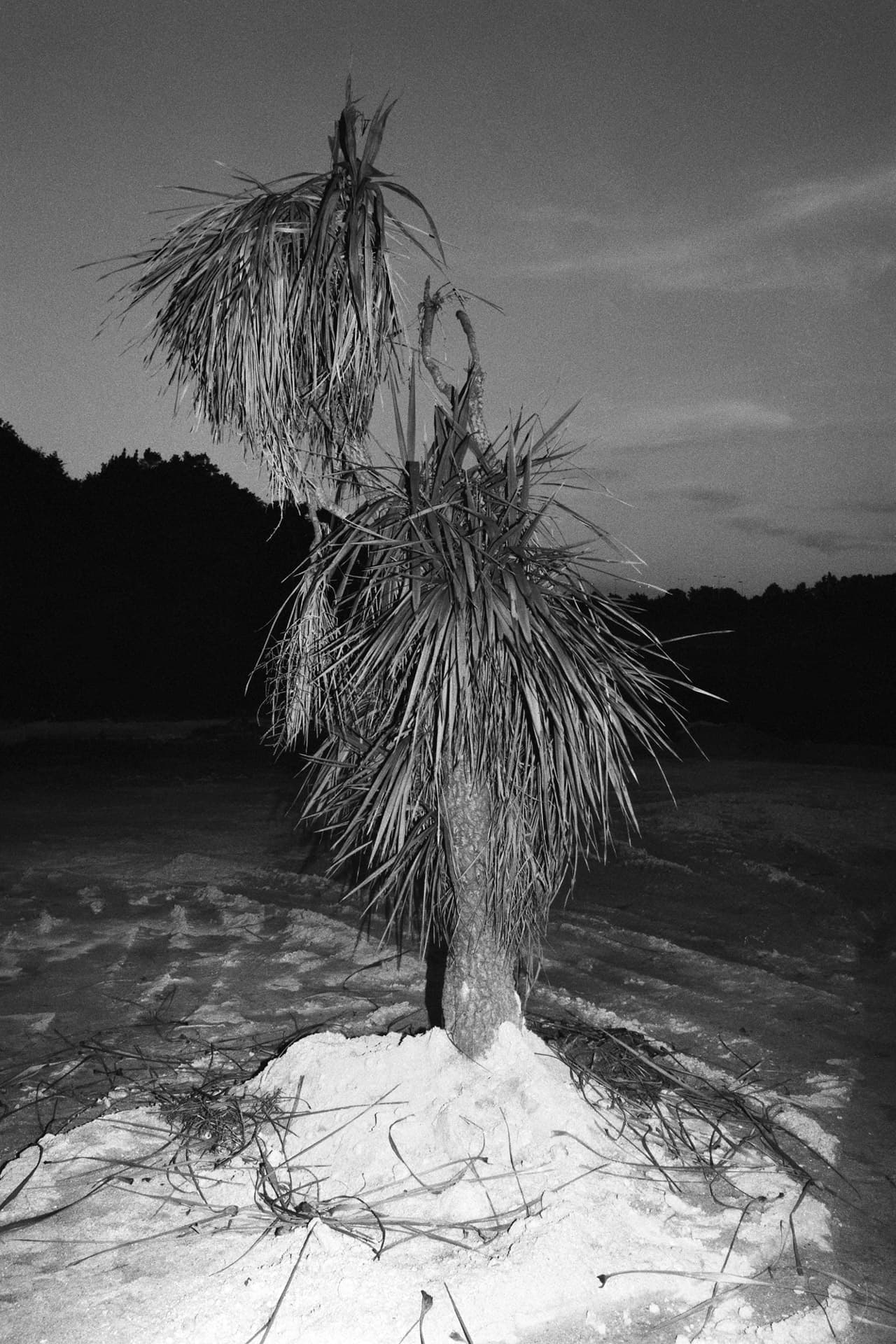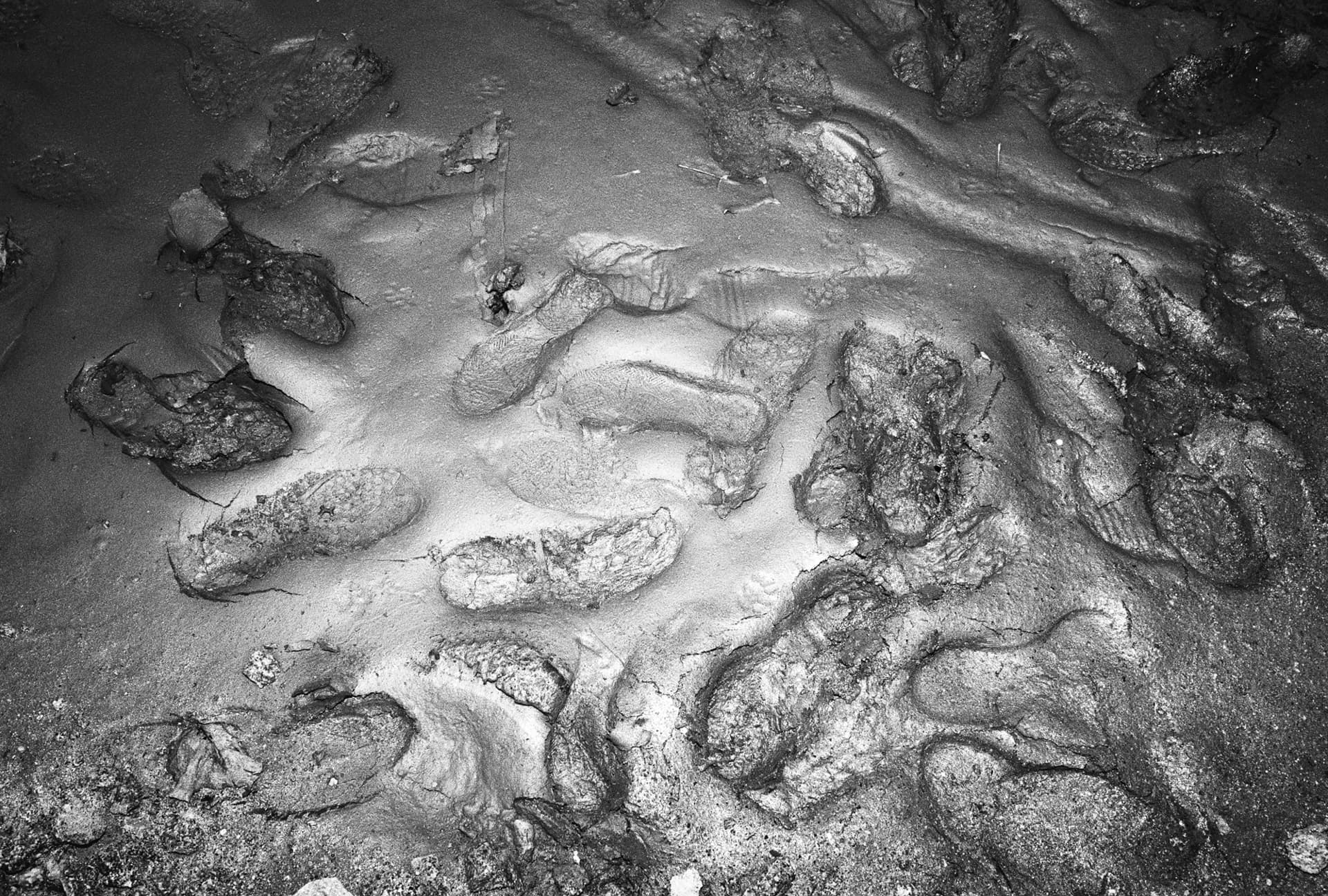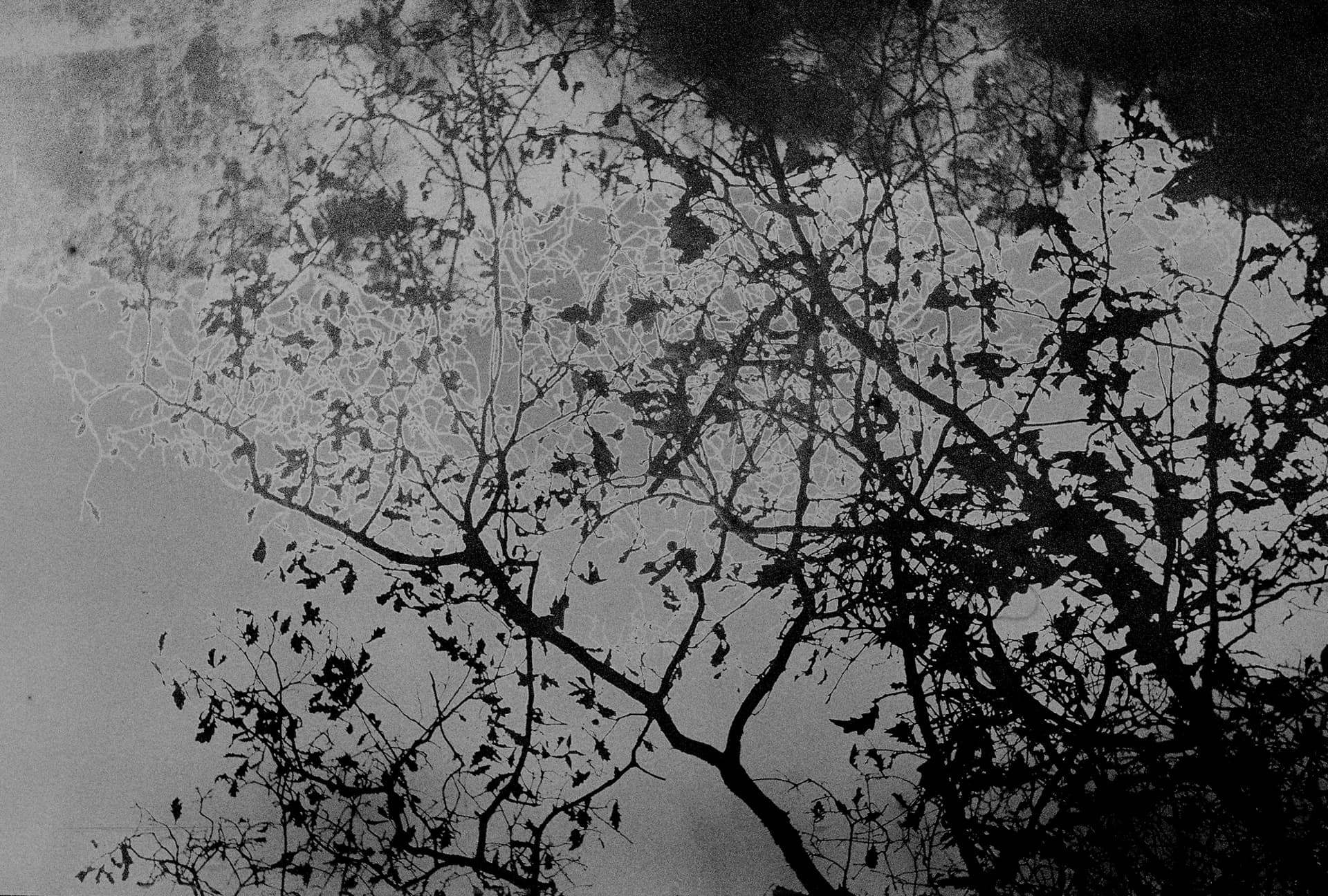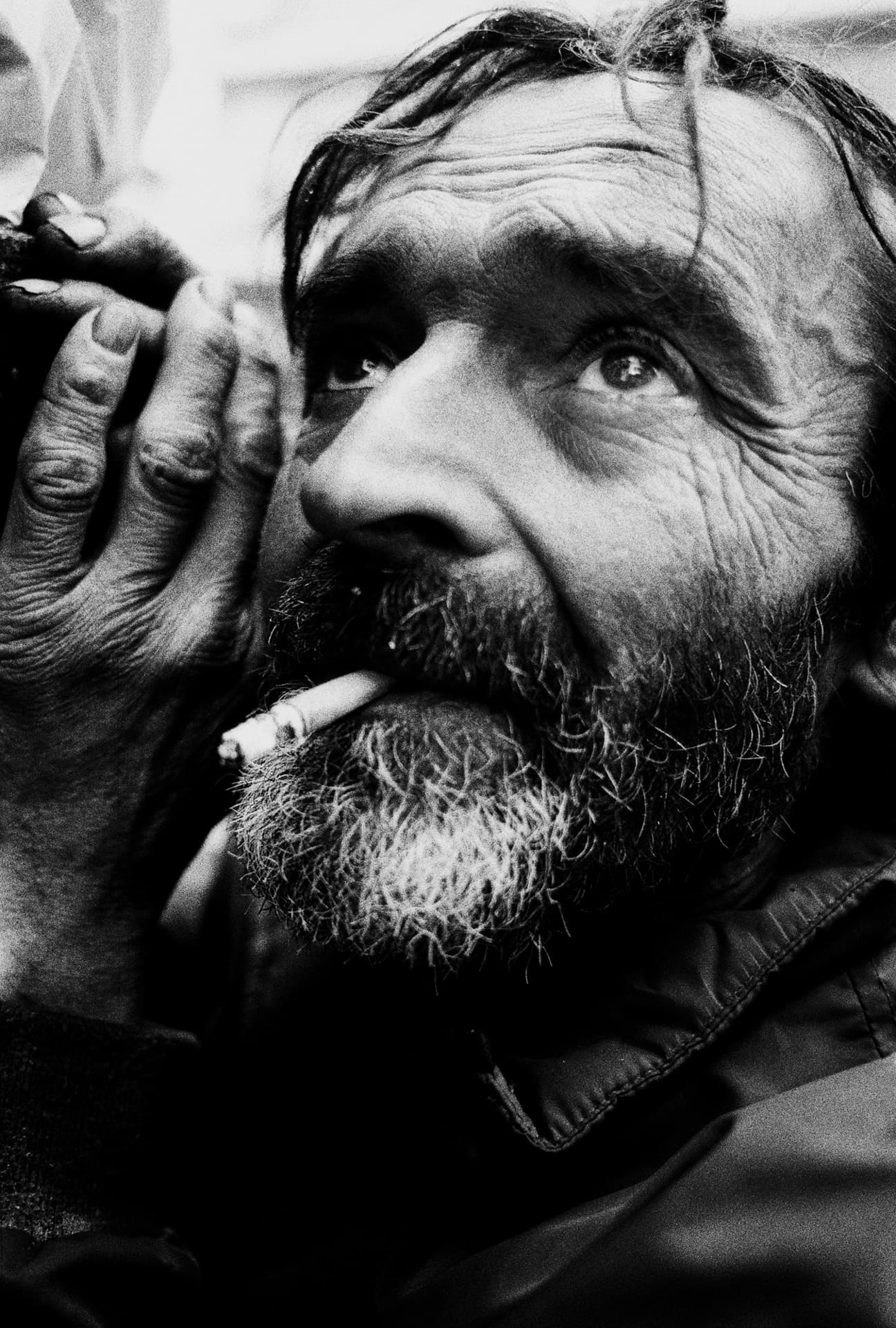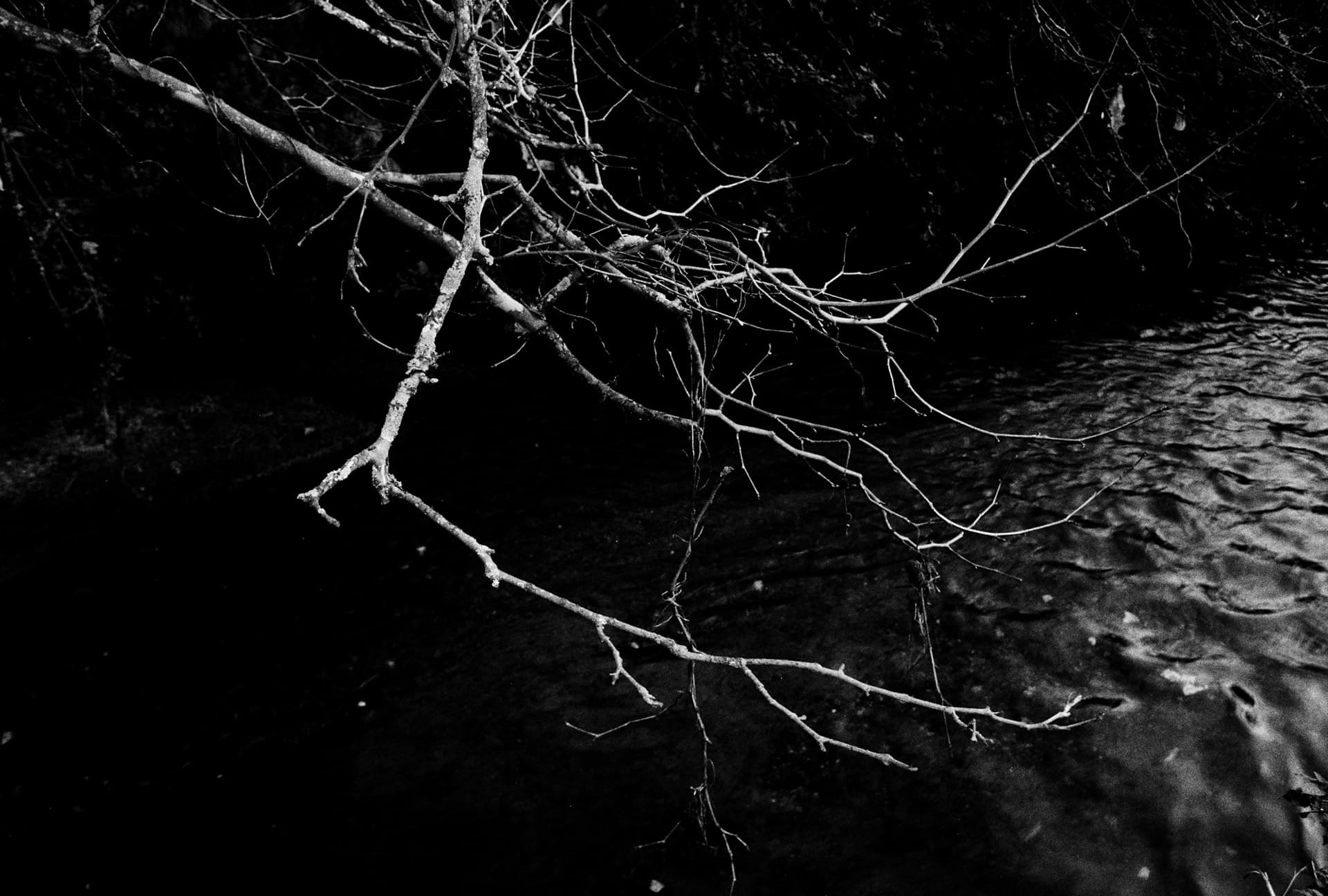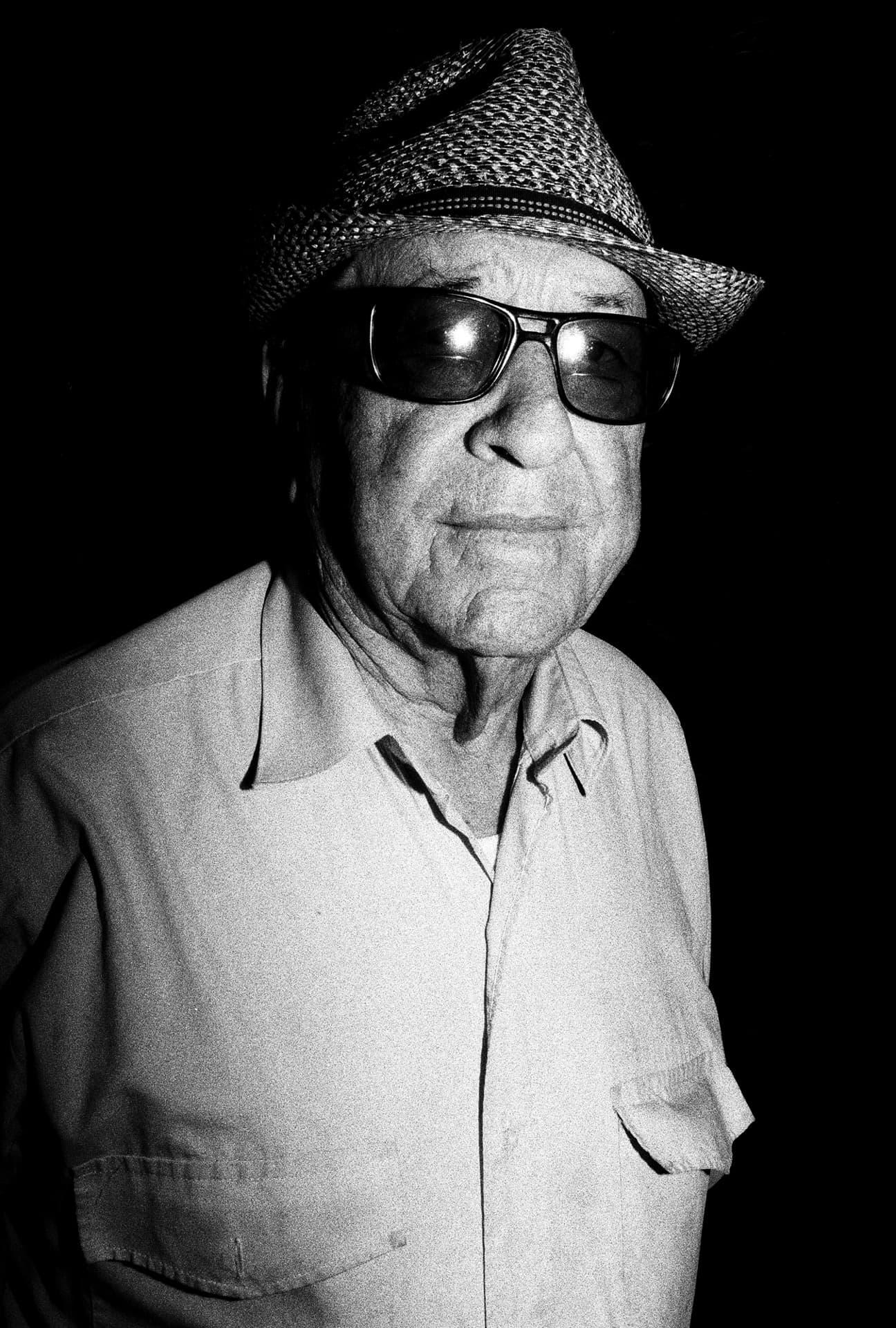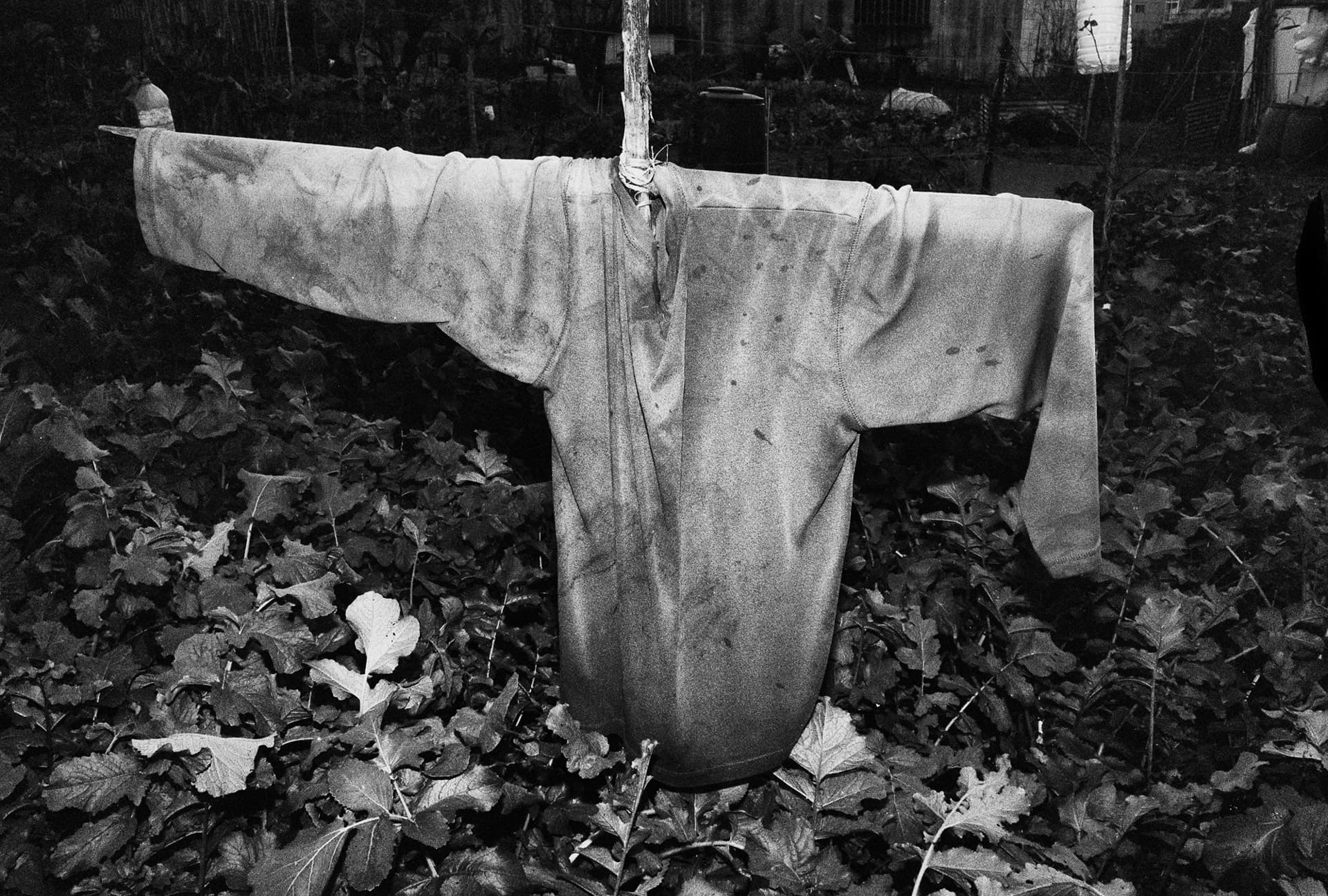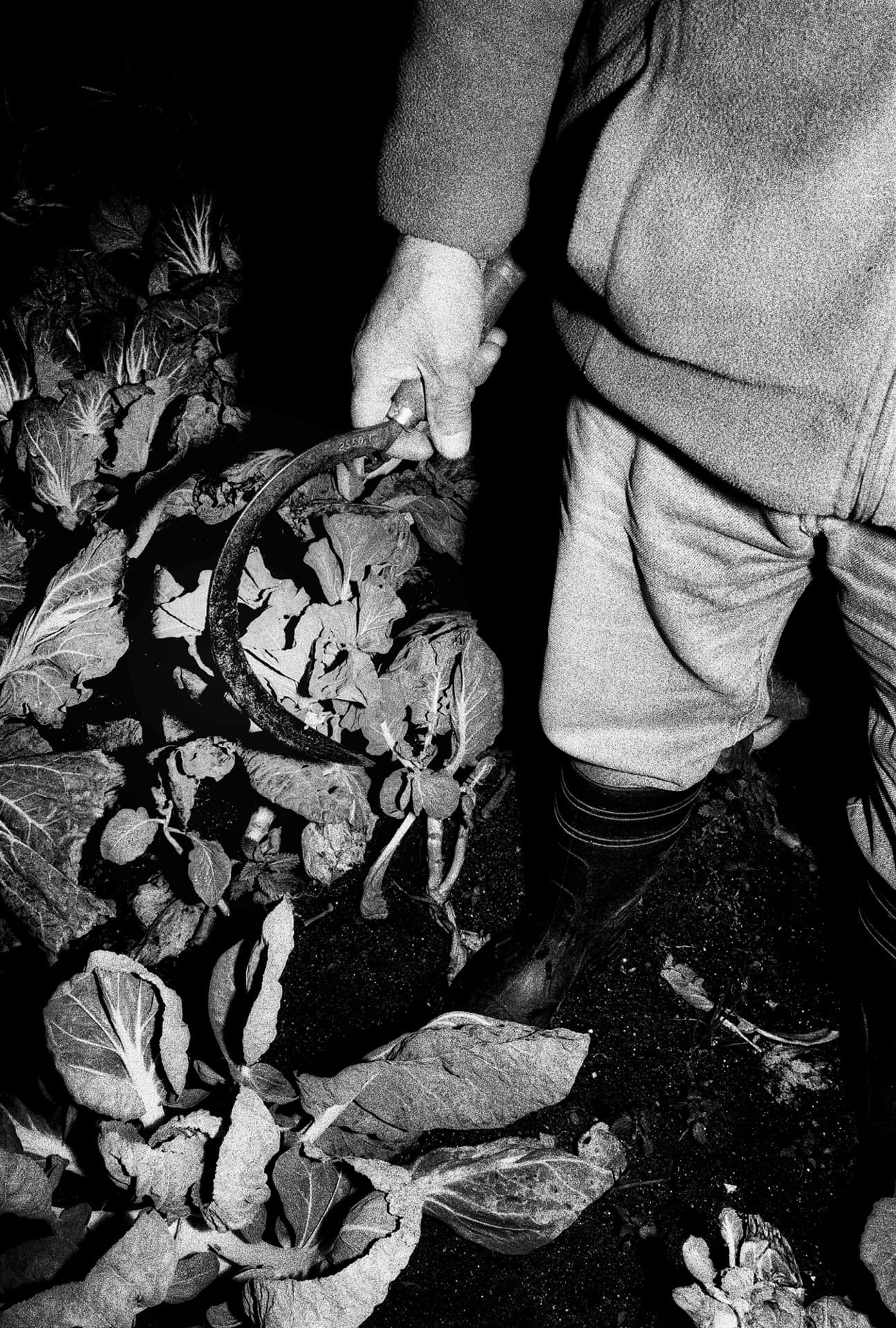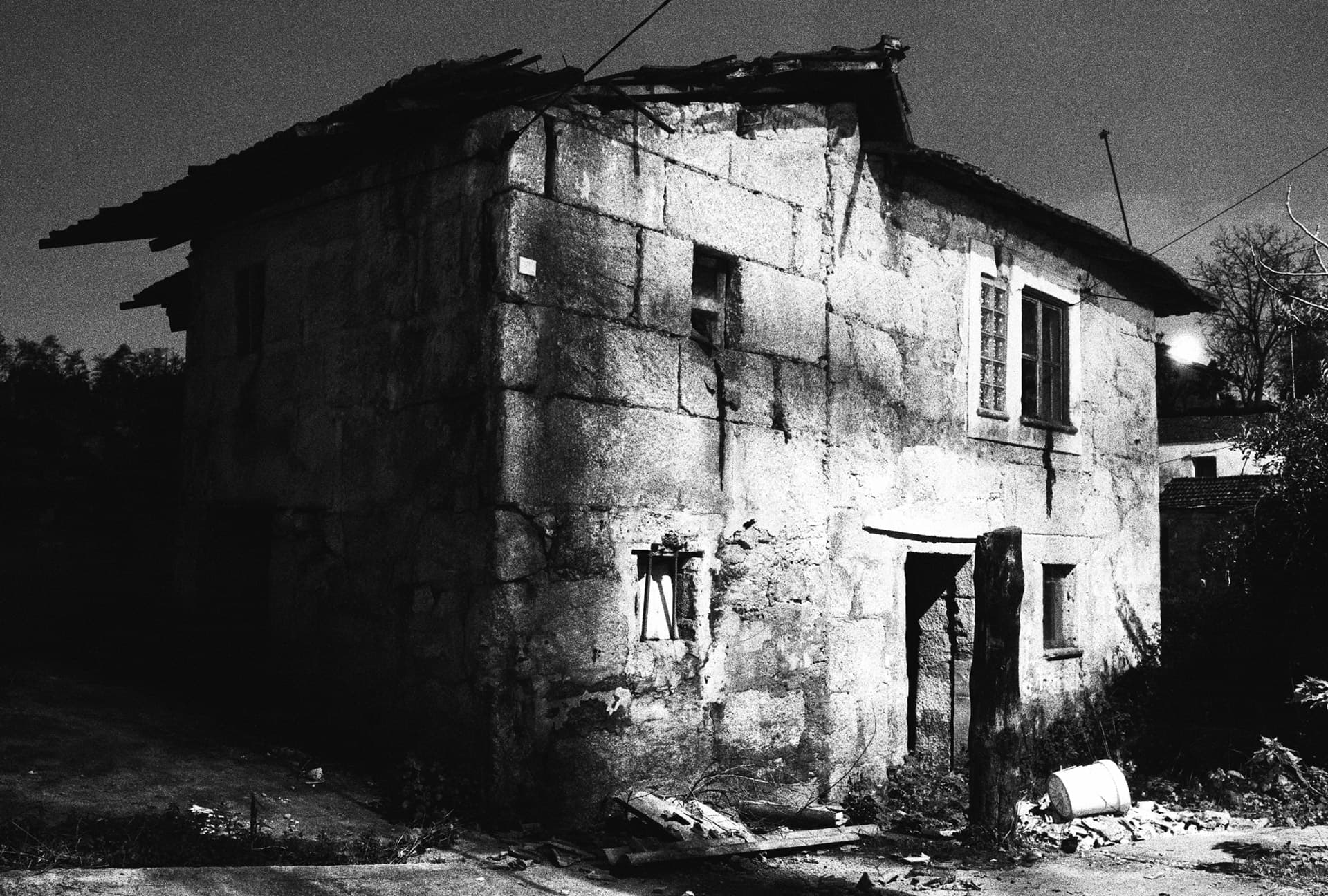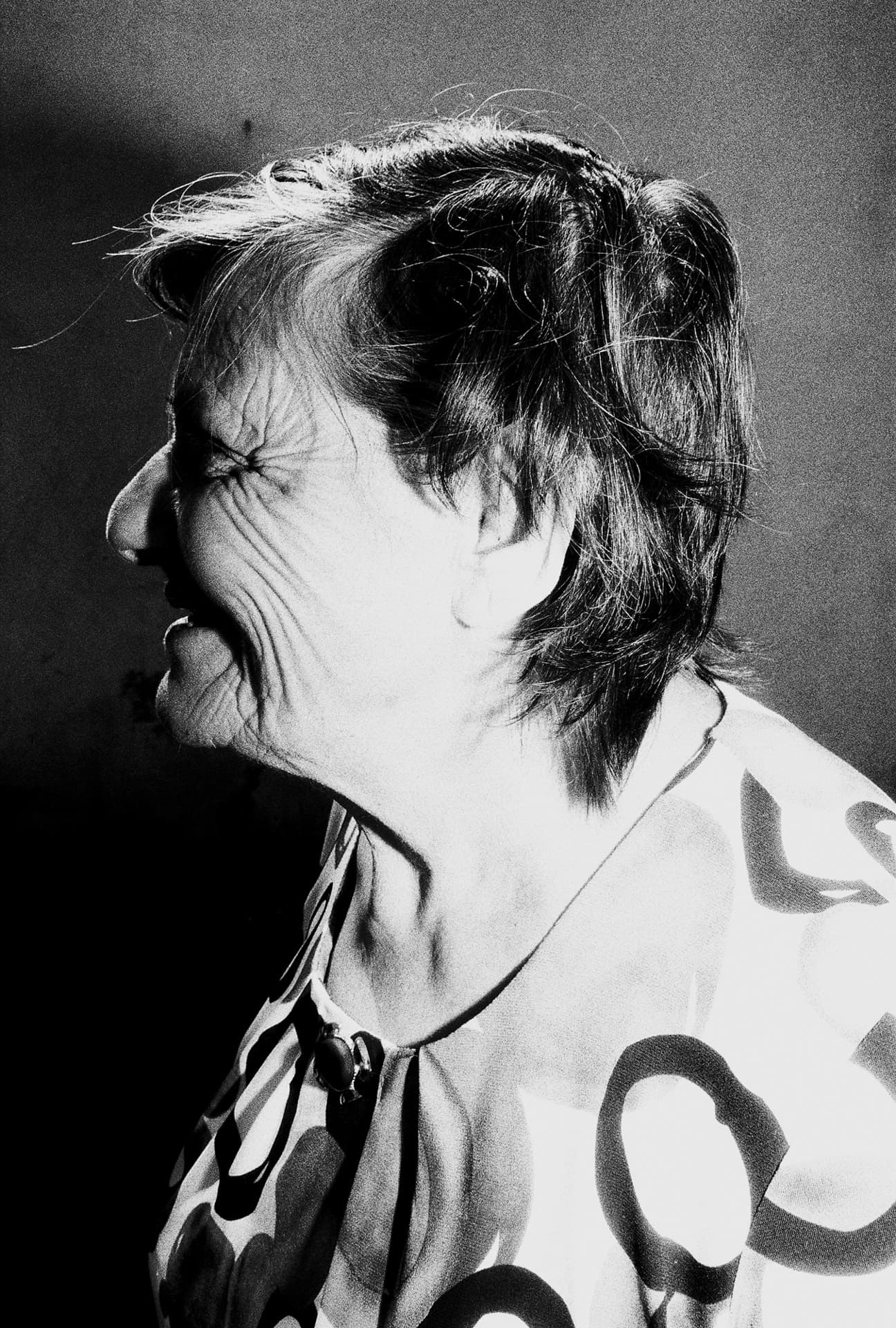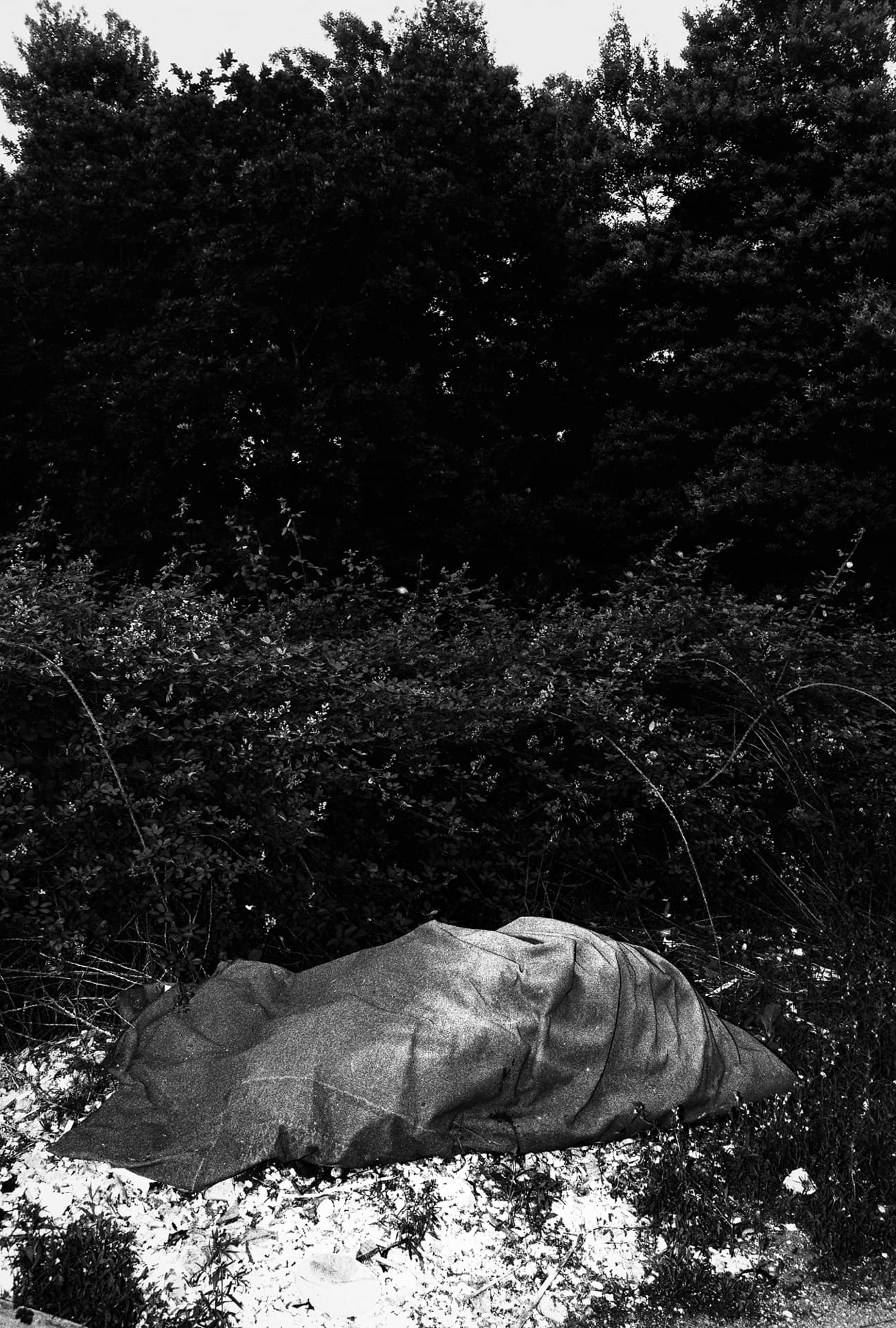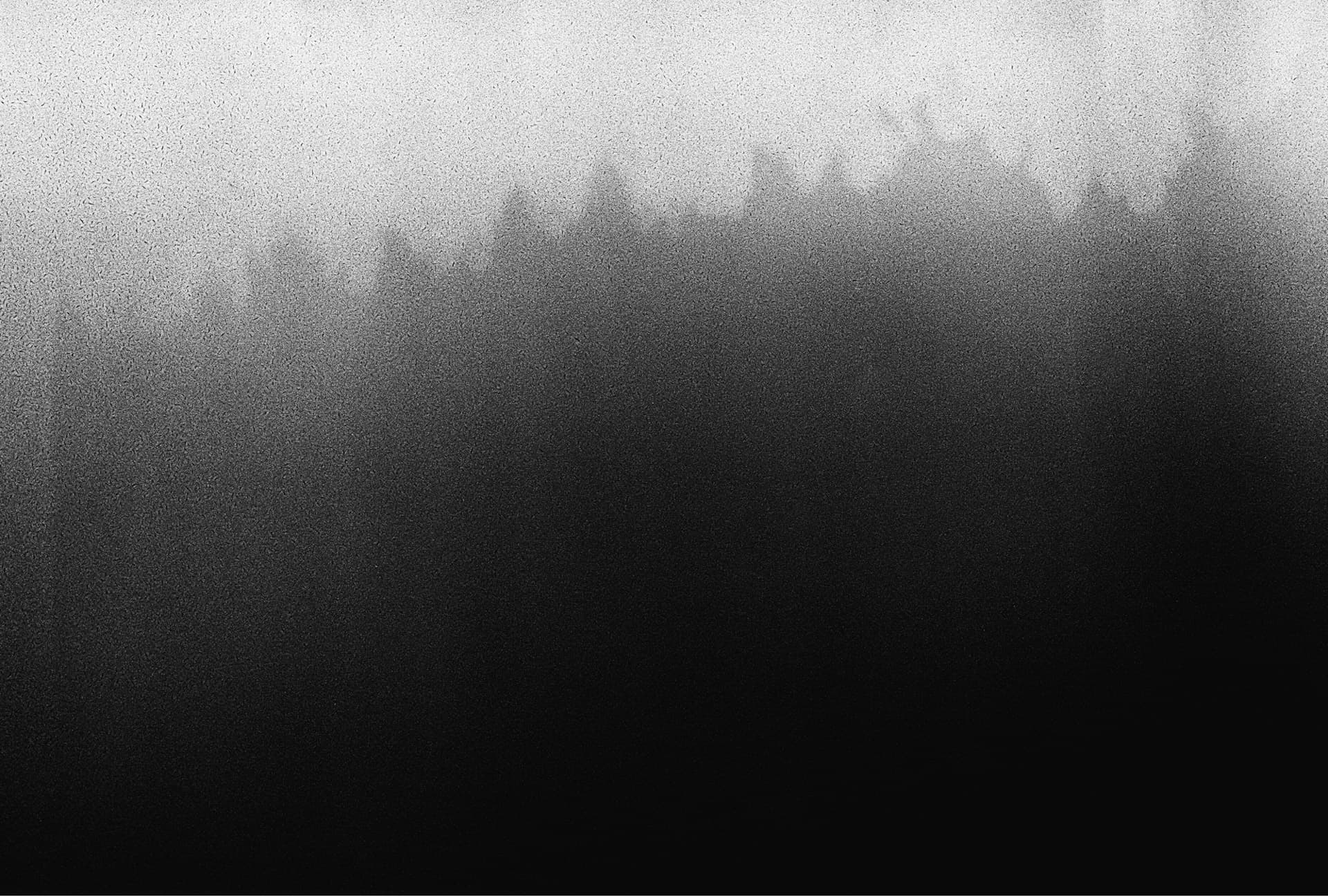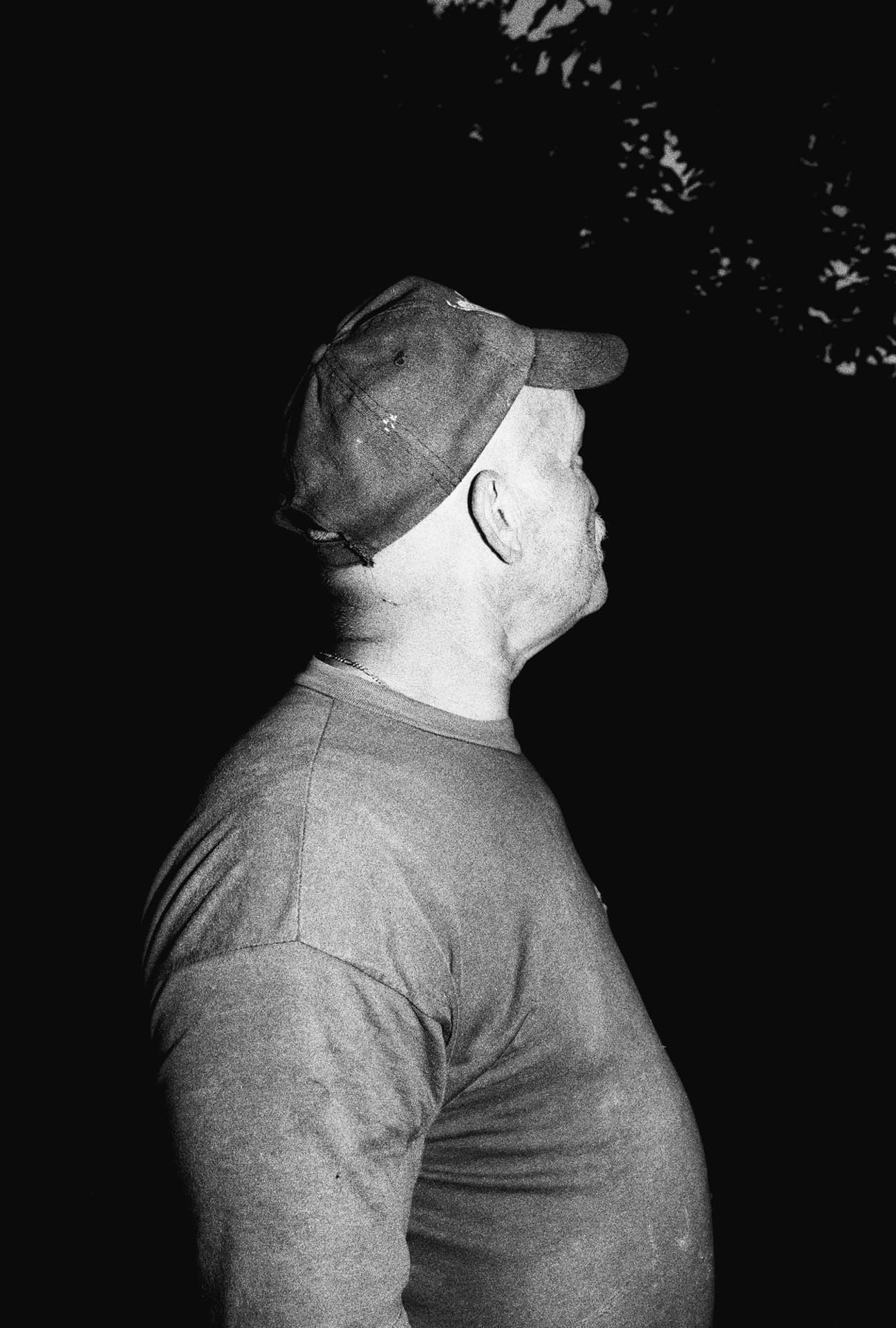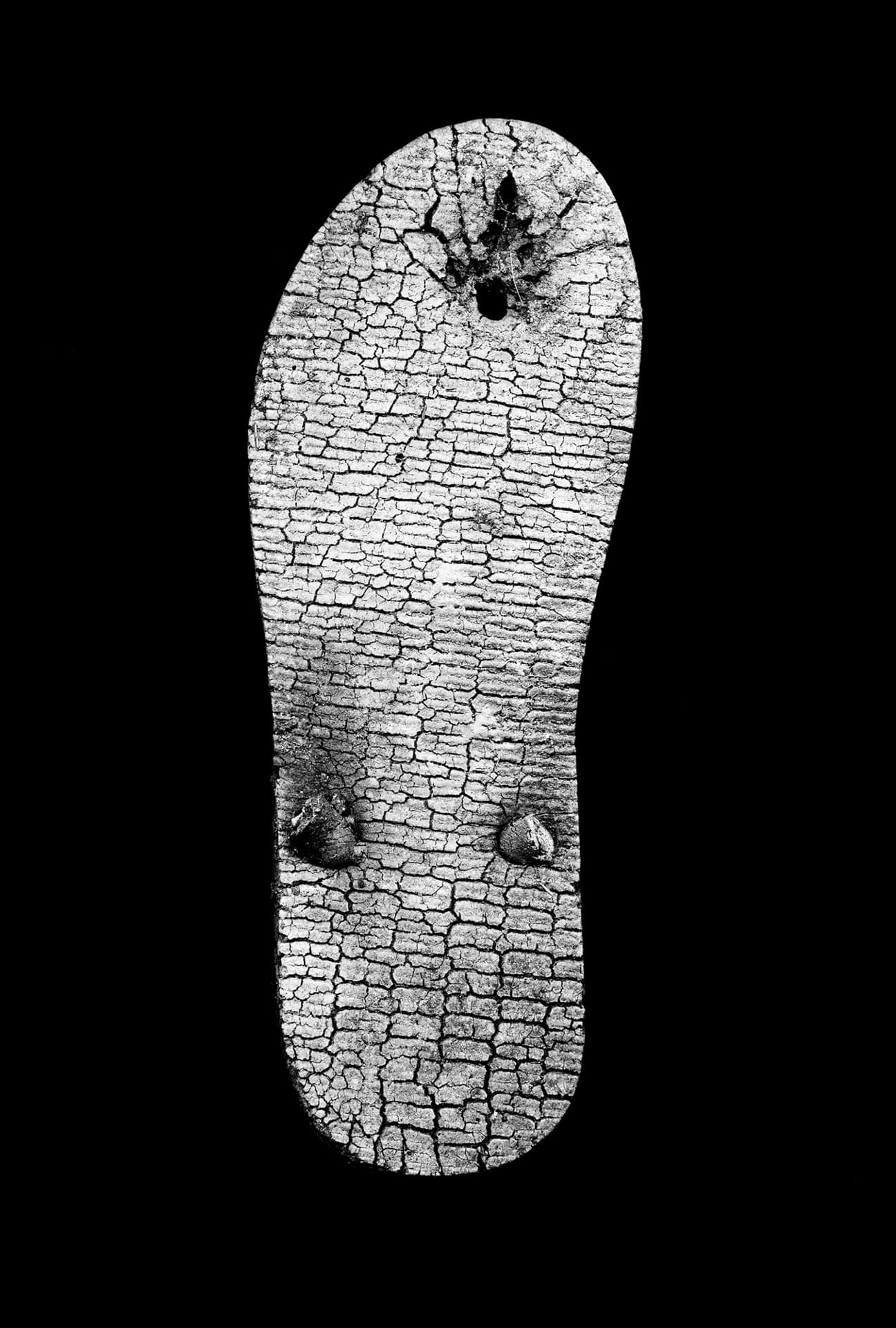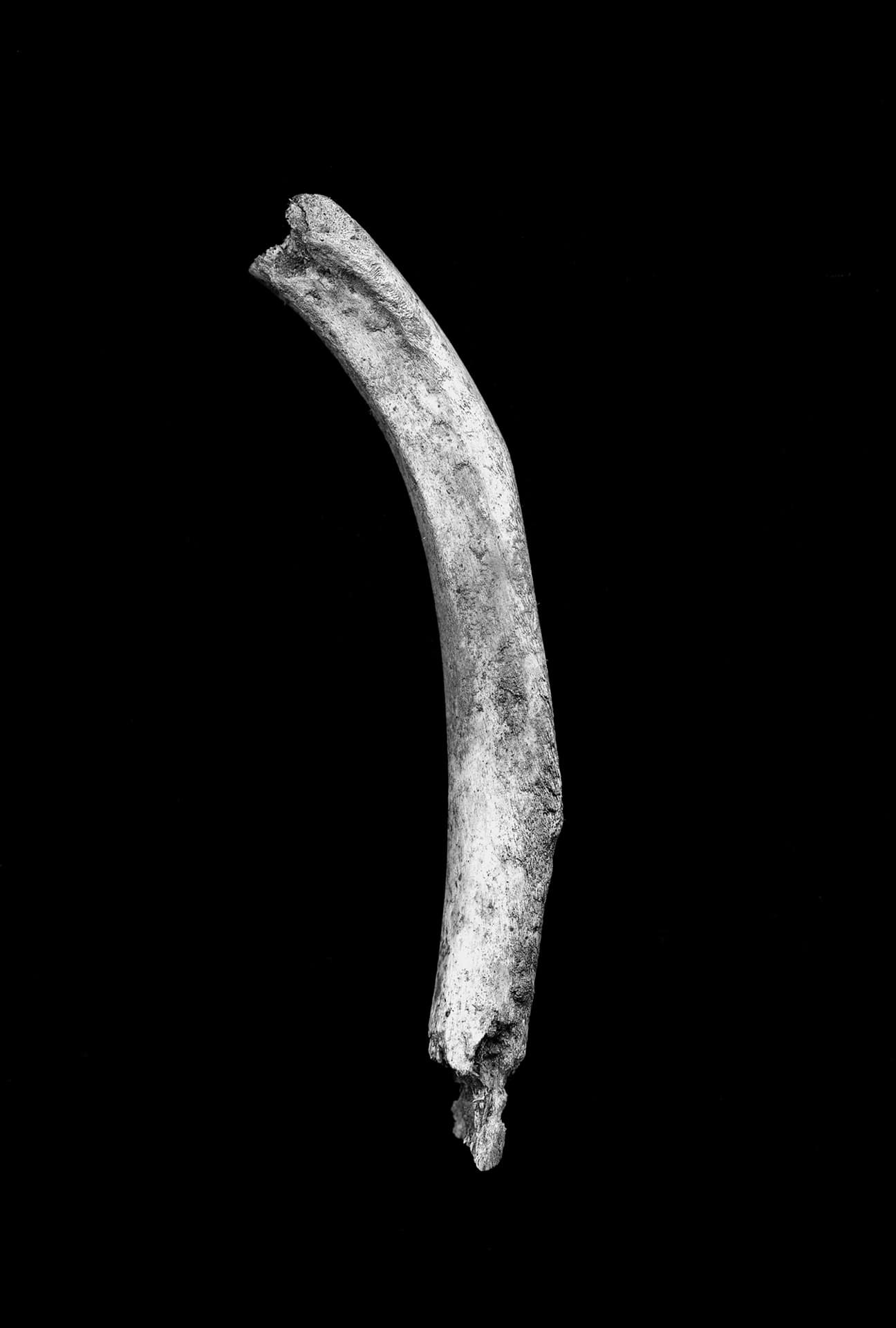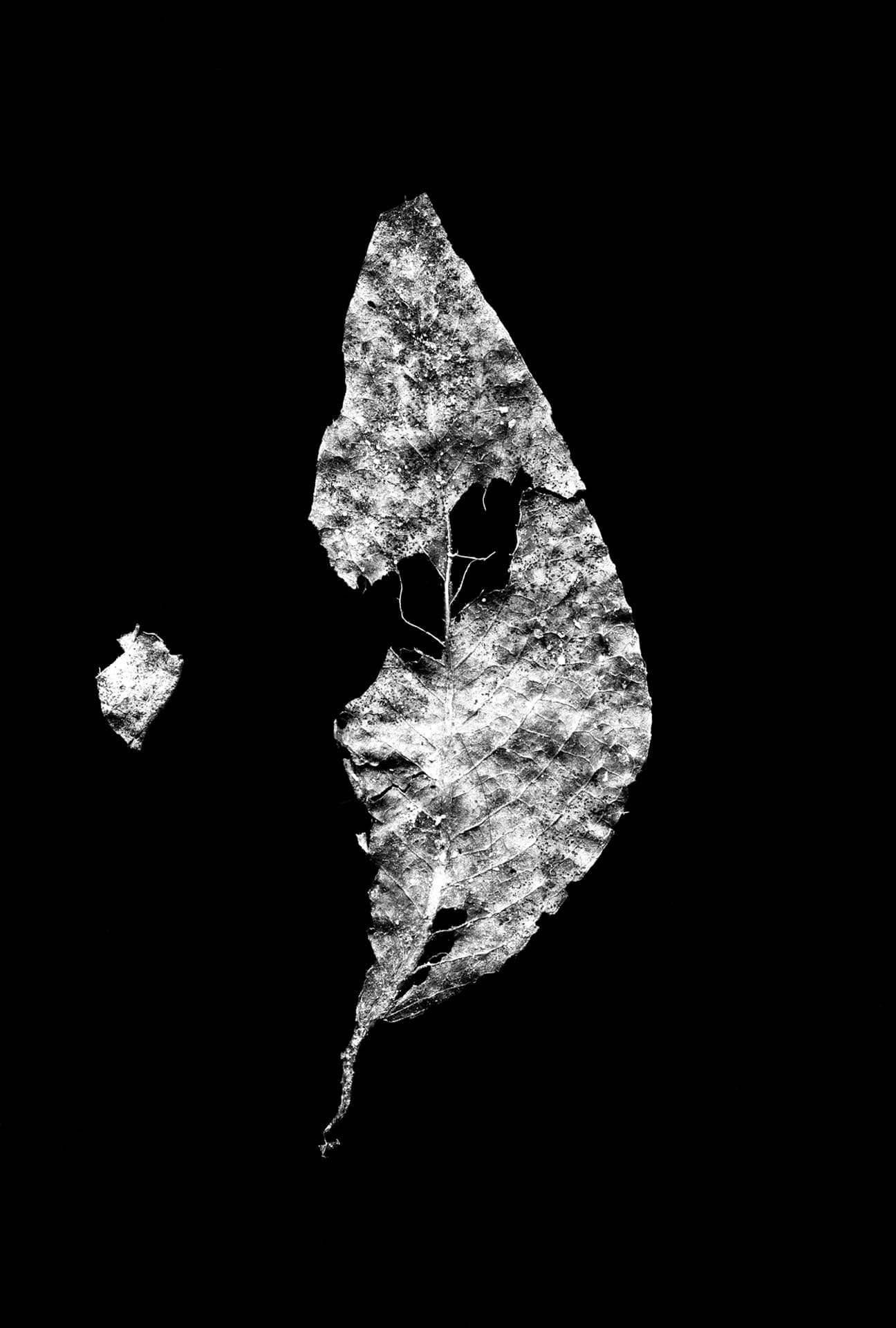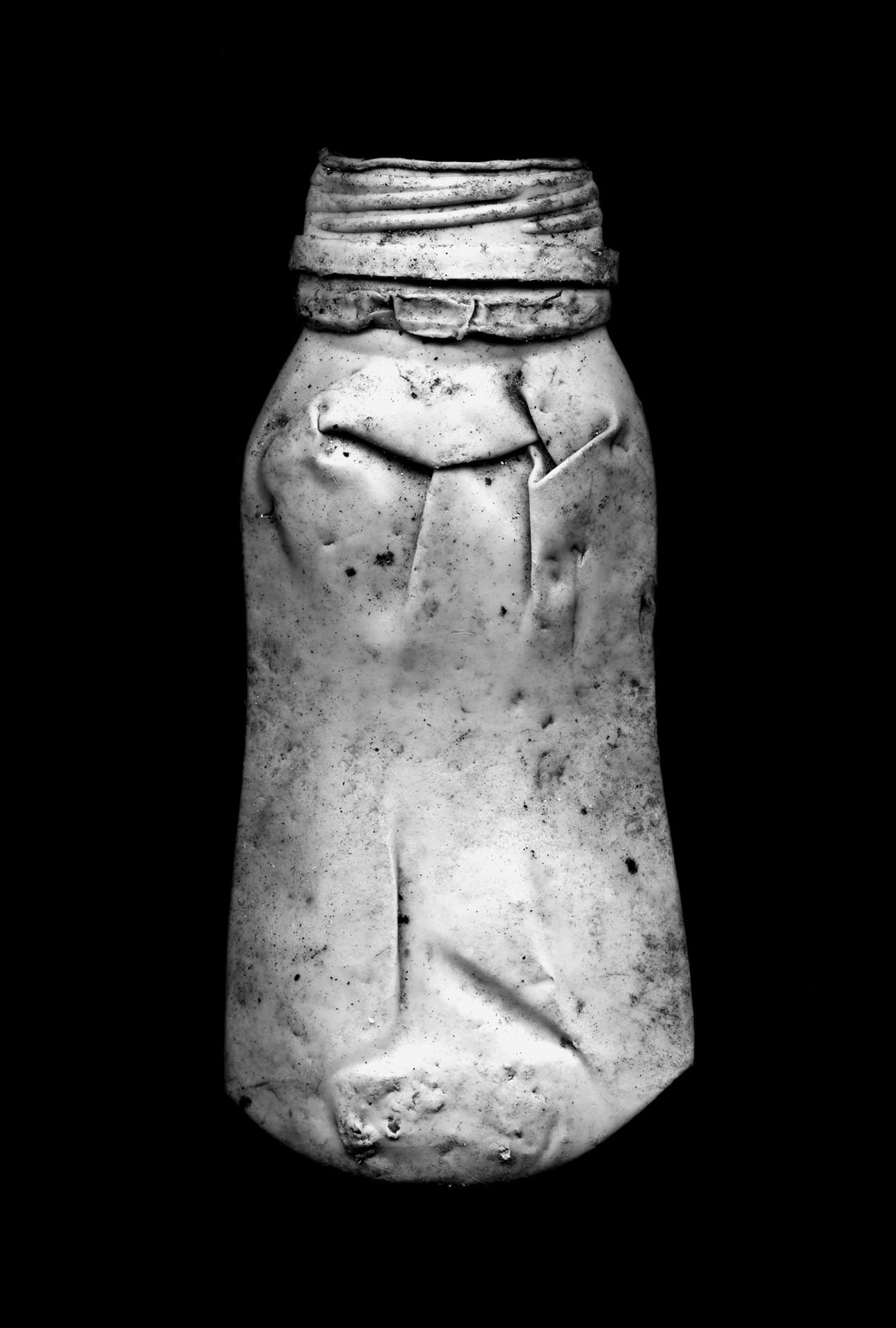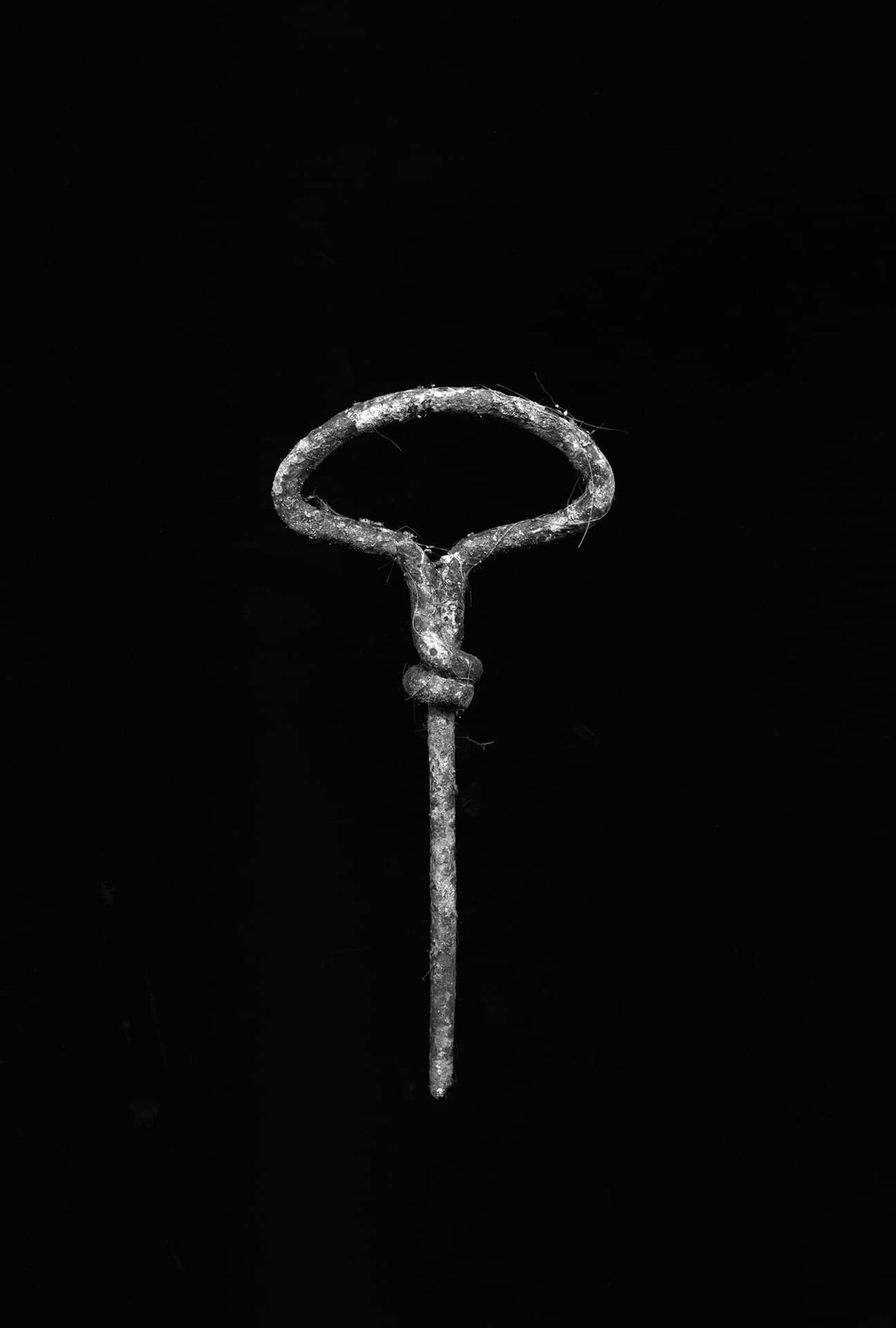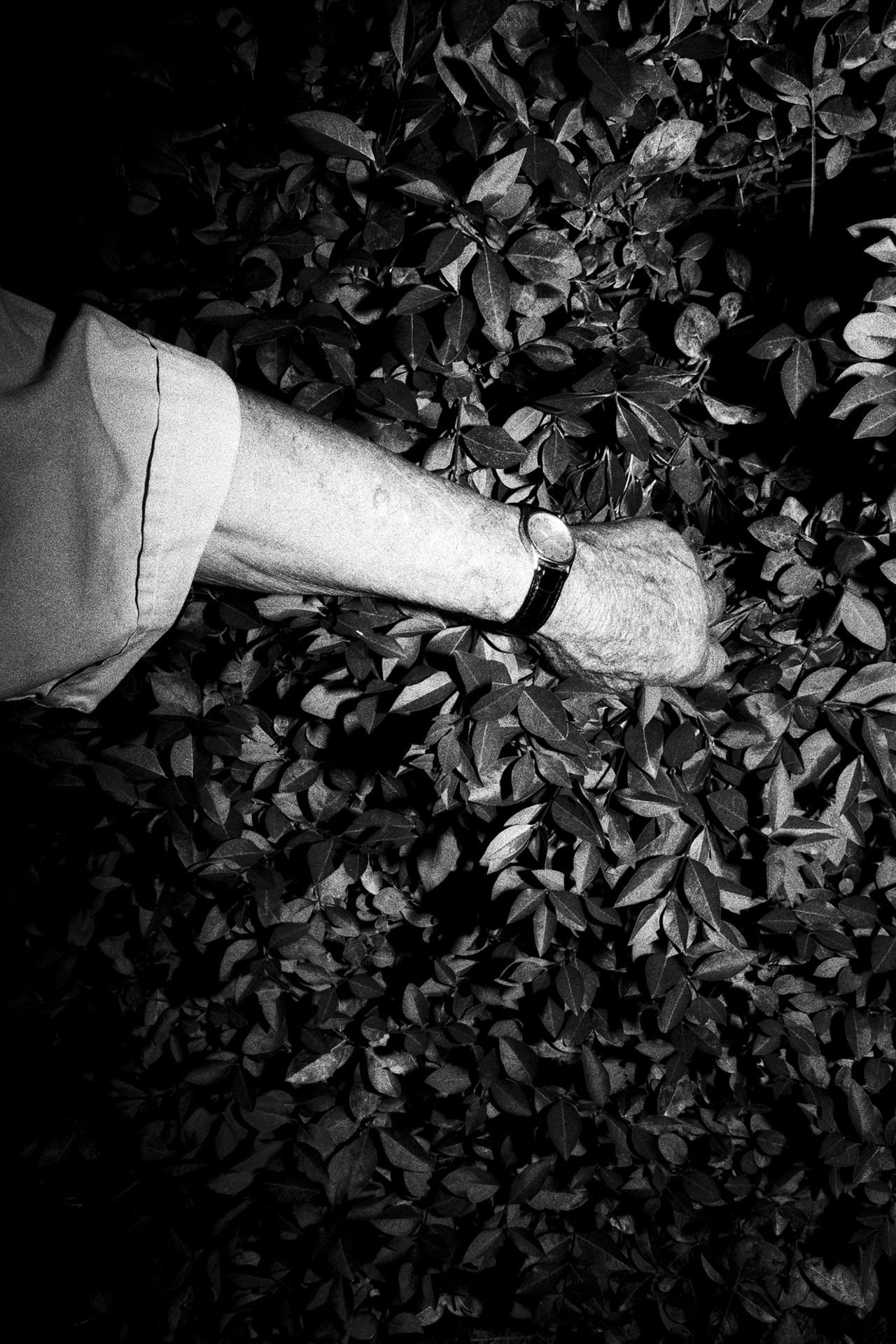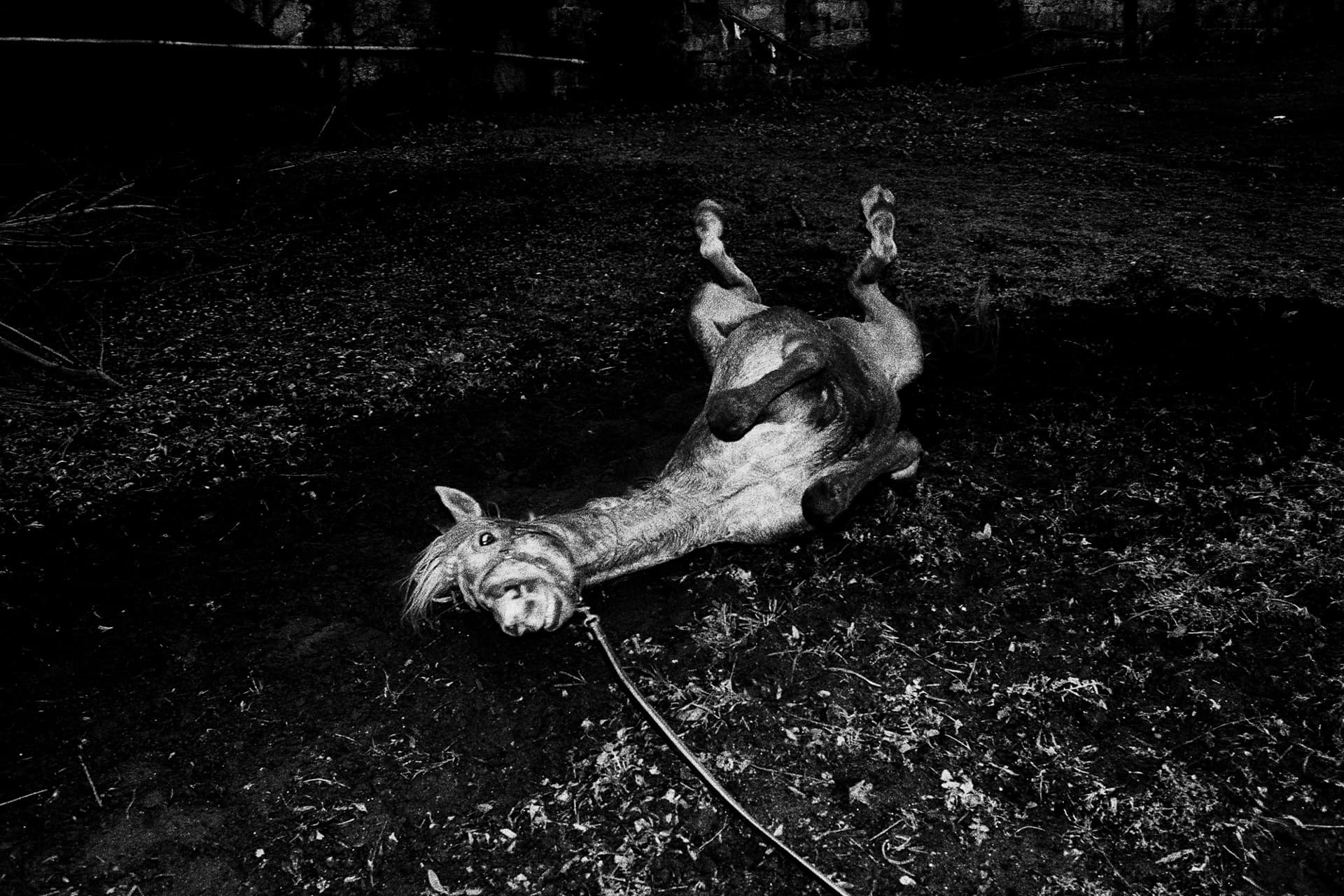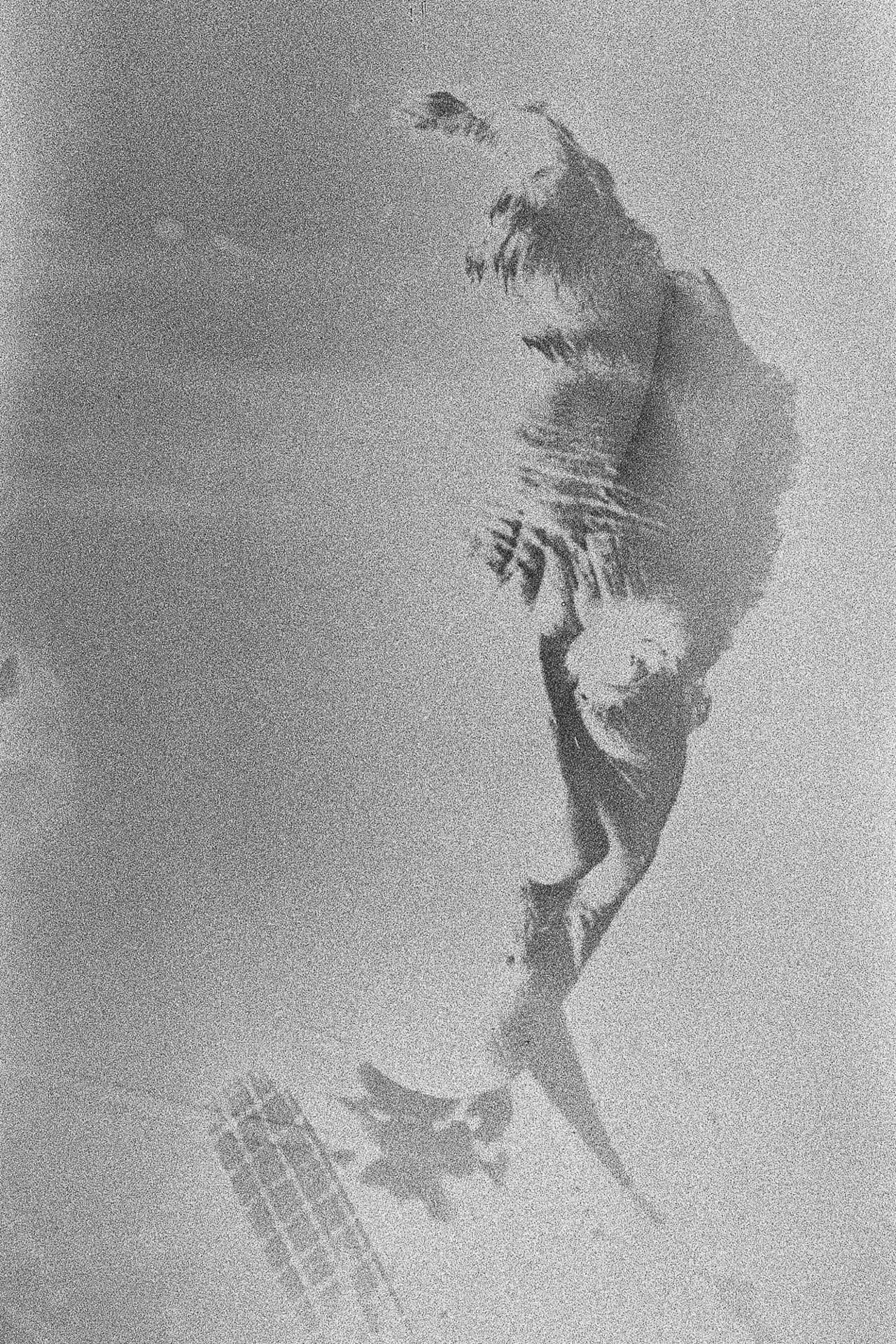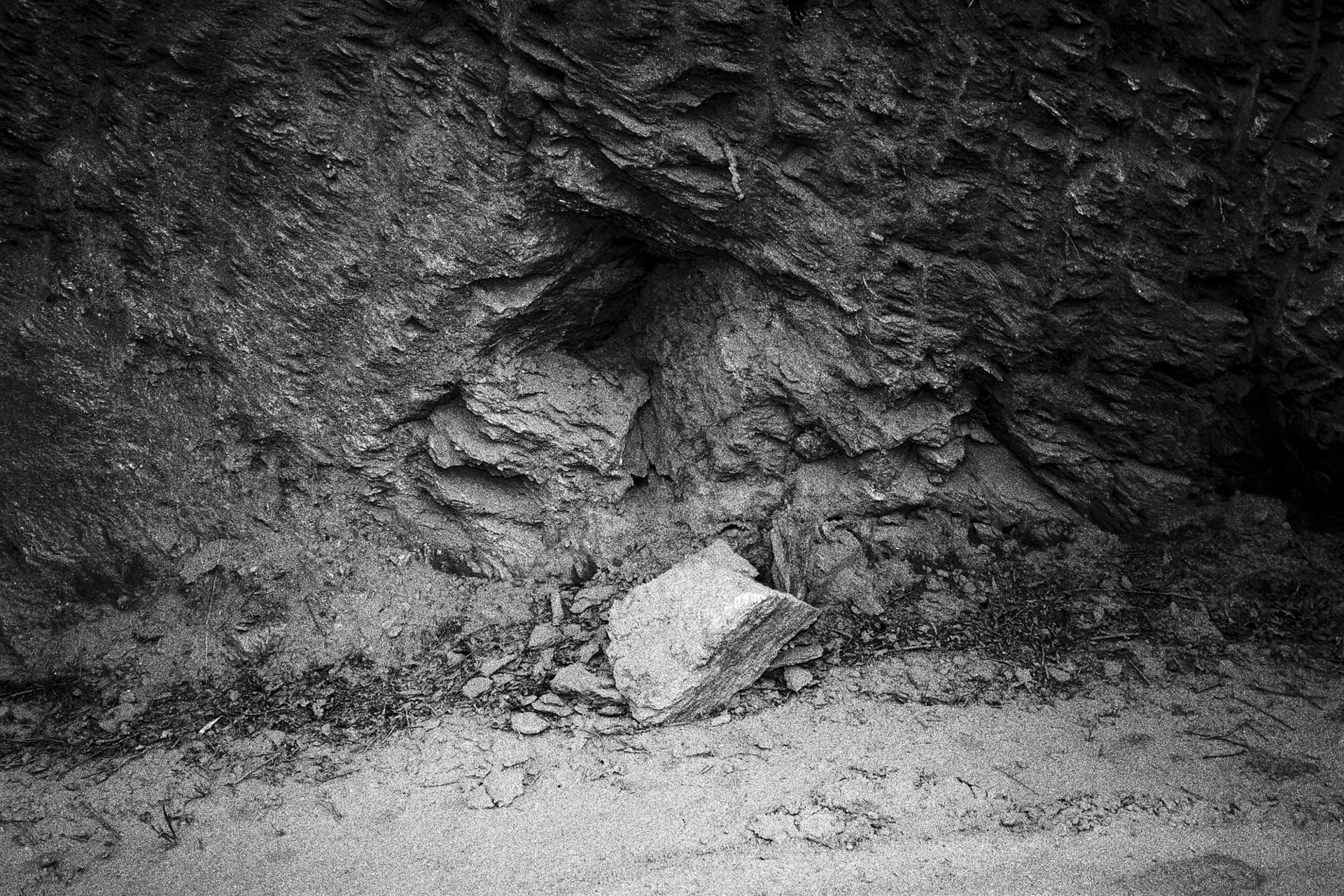“The river that everything drags is known as violent, but nobody calls violent the margins that arrest him” ― Bertolt Brecht’s
Pego Negro means “Dark Drain”
Rio Tinto means Red River and the origin of its name dates back to the 10th century due to a battle between Christians and Moors. That battle was so bloody that In the memory of the people, the blood that was spilled was so abundant that it stained the crystalline waters of the river, and has since been called Red River. In recent decades, due to urban expansion, part of the river has been intubated and several ecological crimes have made Rio Tinto one of the most polluted rivers in the north of the country.
Looking at the river, woods, streets and the people who live there, worn out would probably be the best way to describe Pego Negro. Still, I was never interested in photographing a polluted river or the ruins of a small town. I was interested in a certain atmosphere and even aesthetics that somehow represents the violence that this territory has suffered throughout its history, trying to create a relationship between pollution and the photographic medium itself – challenging its own limits.
Using the river polluted water to develop some of the black & white film that I used to photograph, I tried to bring the pollution into the photograph itself. Sometimes resulting in strange solarizations due to the high levels of bleach present in the river. I collected and scanned dozens of found objects, mostly garbage found on the banks of the river. I thought it was important to mark my own passage through the territory and present garbage as an almost archeological finding, aestheticizing and decontextualizing one of the problems of this territory.
This work is about a small territory on the edge of a large city, the intensive rather than the extensive. It is about the passage of time that is closely linked to photography: from erosion through pollution, through aging and how it all can affect and modify the landscape around us – the photographic medium itself and our visual perception.

